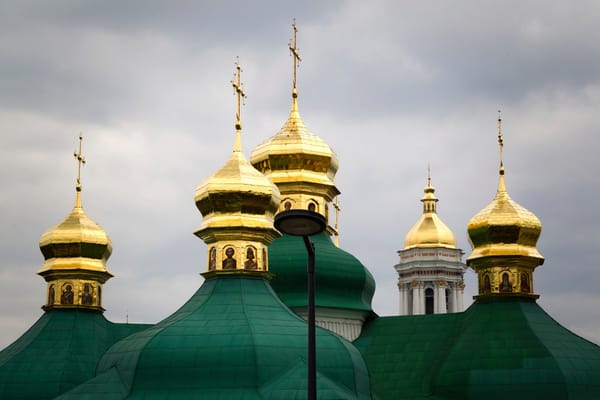Even as Ukraine faces mounting challenges on the battlefield, or possibly for that reason, its government is ramping up its efforts to “de-Russify” Ukrainian society. As a result, every aspect of Ukrainian society is being turned into a hybrid battlefield—including religion. Last month, on the nation’s Independence Day, President Volodymyr Zelenskyy signed into law a bill, previously approved by Ukraine’s parliament in a near-unanimous vote, banning Ukrainian religious organizations from working together with the Russian Orthodox Church. It is no secret that the ban is directed against one organization in particular: the Ukrainian Orthodox Church, the largest (in terms of parishes) and oldest church in Ukraine, which the authorities in Kyiv accuse of being a tool for Russian influence within Ukraine. Such an attack on religious freedom marks a disturbing development in a war in which nothing is off-limits.
“The ban is directed against one organization in particular: the Ukrainian Orthodox Church.”
Even though it is over 1,000 years old in terms of its historical roots, the Ukrainian Orthodox Church was officially formed in 1990 as a self-governing part of the Russian Orthodox Church. This meant that it was autonomous in administration but still under the spiritual jurisdiction of the Moscow Patriarchate. Up until that point, it had operated under the direct control of the Russian Orthodox Church for more than 300 years. Given its historical, ideological, and spiritual ties with Russia—its largest presence is in eastern and southern Ukraine, areas that have historically had closer connections to Russia—the church has faced intense pressure from both the government and the public ever since the post-Maidan regime came to power in 2014, especially considering the rapid growth of ultra-nationalist sentiments in the country.
